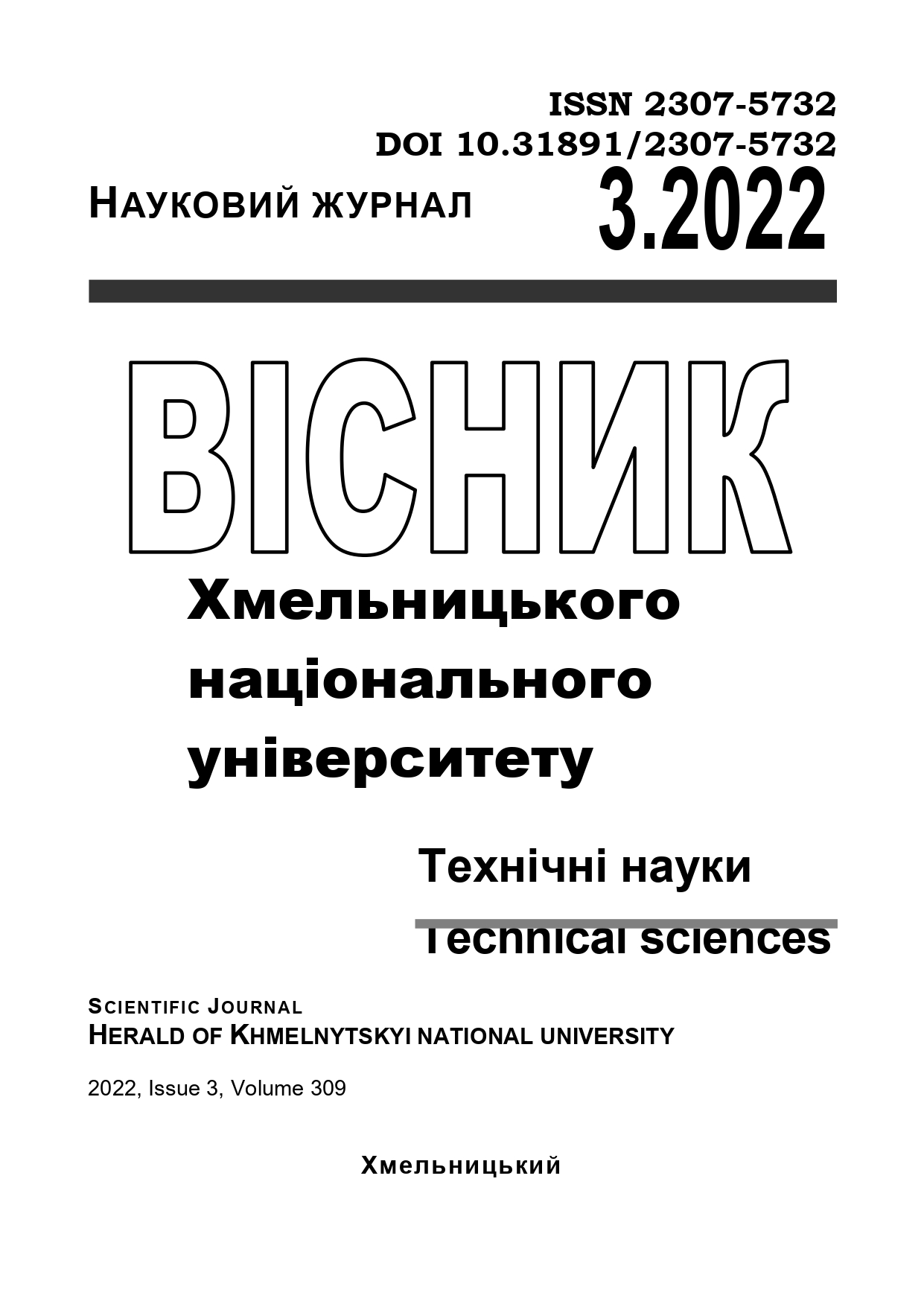CLASSIFICATION METHODS OF THE YIELD FORECASTING
DOI:
https://doi.org/10.31891/2307-5732-2022-309-3-209-216Keywords:
investing, modelAbstract
Analysis of wheat yields over the past 20 years shows that wheat yield are growing in all regions of Ukraine. This is a result of the growing investment attractiveness of the grain industry and the significant investments made in the industry. However, the upward trend is accompanied by significant fluctuations in wheat yields, which are mostly caused by weather and climatic factors. The most noticeable is the climatic factors influence for the steppe regions of Ukraine. The paper proposes a classification approach to forecasting wheat yield taking into account weather and climatic factors and the use of machine learning methods. A set of wheat yield data in four regions of the steppe zone of Ukraine for the period 2000-2021 and the corresponding values of 12 meteorological factors were used to build computer models. Cross-validation with division into 10 groups was used to build and test of models. Numerical values of wheat yield were converted into a binary variable, which acquires only two values: "0" (low yield) or "1" (high yield). If the value of wheat yield exceeding over the trend value is greater than the specified threshold value, the new value of binary variable is 1, otherwise the binary variable value is 0.
Two models are constructed to classify the excess of yield over the trend value, which are based on the regression logit and regression probit. The obtained model values can be interpreted as the probability of a significant excess of yield over the trend value. Both models provide high quality classification with a slight advantage of the logit model. The aggregate classification quality of both models exceeds 88%, which is a good result for such a complex task as modeling the dependence of yield on meteorological factors in a small sample.
Downloads
Published
Issue
Section
License
Copyright (c) 2022 П. ГРИЦЮК, Т. БАБИЧ, Б. КРАСЬКО (Автор)

This work is licensed under a Creative Commons Attribution 4.0 International License.

